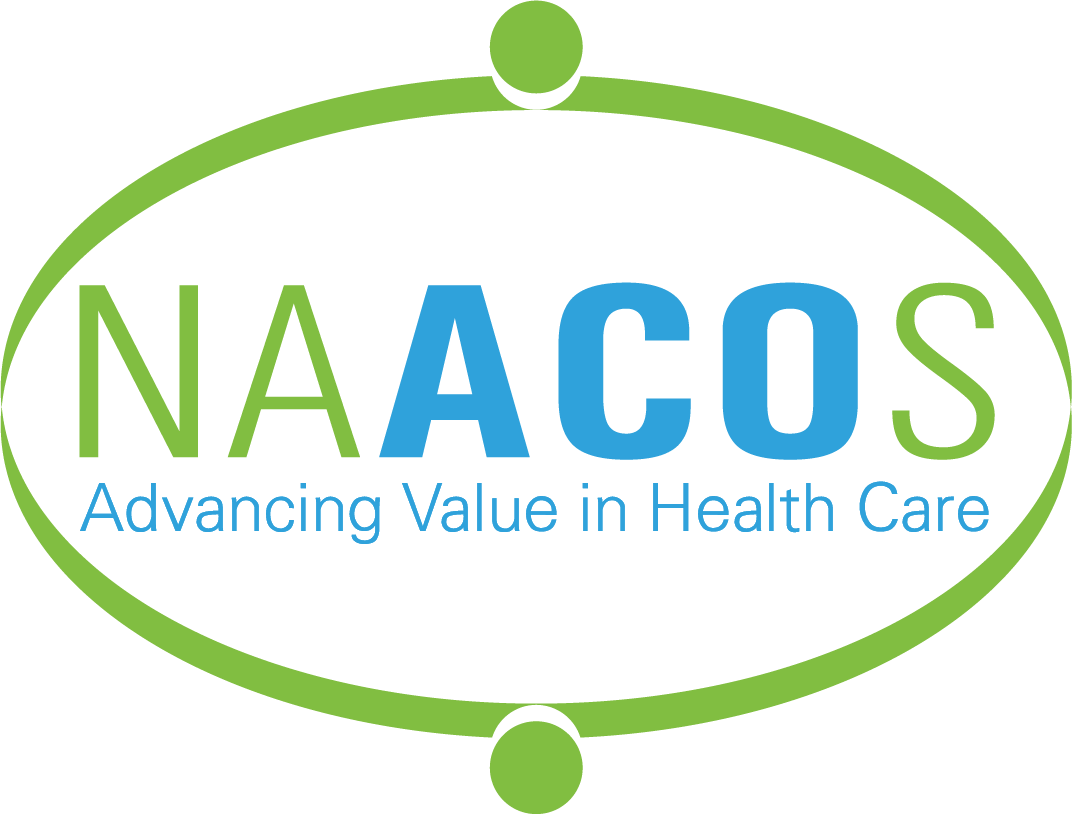News Release
May 4, 2020
Despite the tremendous adversity facing our health system, population-focused organizations, like accountable care organizations (ACOs), are uniquely positioned in crisis like this because of their years of work supporting care coordination and building an infrastructure to support their ACO work. ACOs across America are identifying vulnerable patients at high-risk for COVID-19 using their population management tools, educating patients about minimizing exposure, making sure they have enough food and medication to stay home, remotely monitoring their underlying conditions, treating cases through telemedicine, and managing post-discharge complications with integrated home health and effective relationships with post-acute providers.
NAACOS has compiled some of these success stories to share.
EXAMPLES
ACOs use the same predictive modeling that identifies high-risk patients — such as those who suffer from diabetes or heart disease — to track vulnerable patients during the pandemic. ACO care managers at Coastal Carolina Quality Care ACO in New Bern, N.C. are then reaching out to patients, especially those with mental health conditions, to answer questions, check on medications and general wellbeing, ensure patients have food, and screen for COVID-19 symptoms.
ACOs have quickly pivoted to widely deploy telehealth to maintain patient relationships. At Summit Medical Group in New Jersey, all patients discharged from the hospital are contacted by a care manager and scheduled for a telemedicine visit within 48 hours, with clinicians and patients jointly mapping out a follow-up plan based on illness severity.
Since a great deal of ACO success lies in managing patients’ transitions from the hospital, to post-acute care, to the home, ACOs have leveraged their expertise in handling these “handoffs.” Advocate Aurora Health, who operates three ACOs in Wisconsin and Illinois, launched two new programs in five weeks—Home Hospital and Recovery at Home. Patients in both programs receive in-person and virtual home visits from advanced practice clinicians and nurses. Home hospital patients receive oxygen and devices to allow for remote patient monitoring and live video visits, while Recovery at Home patients receive a pulse oximeter for reporting vitals.
WHY IT MATTERS
As the COVID-19 pandemic draws on, it’s important to highlight how leaders in our health system are proactively working to keep patients safe and healthy in their efforts to limit the spread and impact of coronavirus. This is true for those with and without COVID-19. Policymakers have worked for almost a decade to change incentives in our health system to encourage keeping patients healthy. Those policies are bearing fruit today as provider organizations have built a technology and workforce infrastructure that make them well positioned to care for all their patients, healthy and sick, across all their payers.
BACKGROUND
Medicare ACO programs now care for roughly a fifth of all Medicare beneficiaries, almost a third without Medicare Advantage, and encompass nearly 500,000 clinicians. There are more than 550 ACOs in the Shared Savings Program and Next Generation ACO Model. Comparing ACO spending to the absence of ACOs found this important Medicare program lowered Medicare spending by $3.53 billion from 2013 to 2017 and saved $755 million after paying shared savings.
OUTREACH
Please contact NAACOS for more information or to reach any of the ACOs mentioned in our resource.
#####
Contact:
David Pittman
NAACOS Health Policy and Communications Advisor
202-640-2689 or [email protected]
